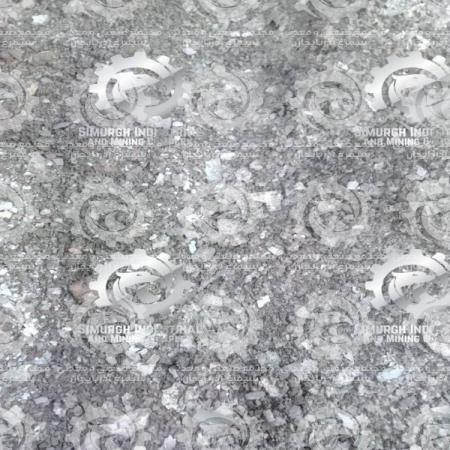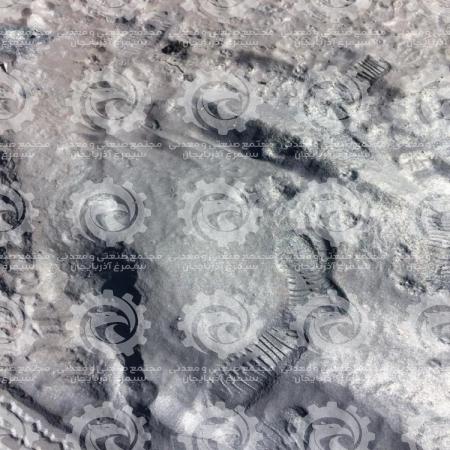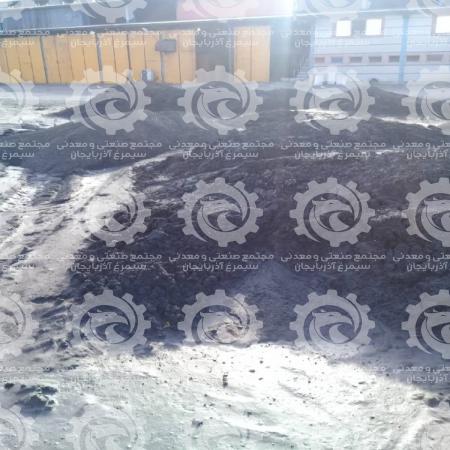Iron mill scale profit growth

Iron scrap is produced from a variety of sources, one of the most important of which is return scrap. One of the cleanest scrap metals is the return type. This type of waste is often generated on the production line. Non-metallic materials have the lowest amount of this type of iron waste. In order to use the returned scrap in the arc furnace, it must be cut in preparation. Note that your returned waste is classified into two types: bear and scorpio. You can find more information about iron mill scales on our website.

Reasons for popularity of Iron mill scale
 Another type of iron scrap is purchased scrap, which is classified into two types. Scrap from the automotive and household appliance industries as well as scrap from various industrial facilities such as bridges. One of the most important points regarding this type of scrap is the urgent need for prep and separation steps. In the case of scrap from the automotive and household appliance industries, it can be said that the separation process will be long and therefore difficult due to the mixing with other metals. The same goes for scrap from industrial plants, but prep work will definitely be required with this type of scrap.
Another type of iron scrap is purchased scrap, which is classified into two types. Scrap from the automotive and household appliance industries as well as scrap from various industrial facilities such as bridges. One of the most important points regarding this type of scrap is the urgent need for prep and separation steps. In the case of scrap from the automotive and household appliance industries, it can be said that the separation process will be long and therefore difficult due to the mixing with other metals. The same goes for scrap from industrial plants, but prep work will definitely be required with this type of scrap.
The classification of scrap iron can be done in two ways. In fact, scrap can be classified qualitatively or physically. Each of these categories is broken down into several other elements, which we will discuss below. Physical classification of scrap: This type of classification is divided into four different classes depending on their density. Note that in addition to density, scrap is also classified under various other conditions that can be referred to as Schröder and Percy scrap. Classification of scrap in terms of quality: However, scrap is also classified in terms of quality, which can be described as high quality, medium, low, very low iron, and cast iron scrap.
To reuse metals, non-metallic contaminants are separated and finer metals are pressed and packed in crushed or diluted form. Eventually, all of the recycled iron is sent to the furnace to be filled. The furnace temperature is equal to 2000 ° C. For injection into the furnace, finer irons are first used to form a melt, and the furnace temperature rises to reduce the melting time by introducing thicker scrap. During the melting process, additives are added to the furnace to create the percentage of standard compounds. After the injected scrap has melted, a sample of the furnace content is sent to the measurement and quality control units. The materials in this furnace can be used to form all kinds of ingots and iron profiles such as bolts, rebar, corners and. For more information Iron mill scale wholesalers please visit our website.
Profit growth of Iron mill scale
 Profit growth of Iron mill scale is very suitable so that its reasonable price has caused it to be exported to European countries, so you, dear customers, can For more information about the final price of this product and Iron mill scale export, refer to our site.
Profit growth of Iron mill scale is very suitable so that its reasonable price has caused it to be exported to European countries, so you, dear customers, can For more information about the final price of this product and Iron mill scale export, refer to our site.
You can contact us to buy and sell this product:
Sales consultant: Ms. Leila Nematzadeh
Ways of communication: Phone number: 02147623014
Phone number: 02147623014
 Phone number: 04133660491
Phone number: 04133660491
 Phone number: 09120169267
Phone number: 09120169267
 WhatsApp Response (Skype): click
WhatsApp Response (Skype): click
 Instagram: simurgh_steel_company@
Instagram: simurgh_steel_company@
 email: info@simurghsteelco.com
email: info@simurghsteelco.com
 email: ironore110@gmail.com
email: ironore110@gmail.com
 Facebook: ironore110@
Facebook: ironore110@
 LinkedIn: simurgh-iron-and-steel-company-a68295180@
LinkedIn: simurgh-iron-and-steel-company-a68295180@
 twitter: CoSimurgh@
twitter: CoSimurgh@

 Call number:
Call number:  Whats app:
Whats app:  Address: Salimi industrial Park, Tabriz, IRI
Address: Salimi industrial Park, Tabriz, IRI Instagram:
Instagram:  email:
email:  Facebook:
Facebook: 










